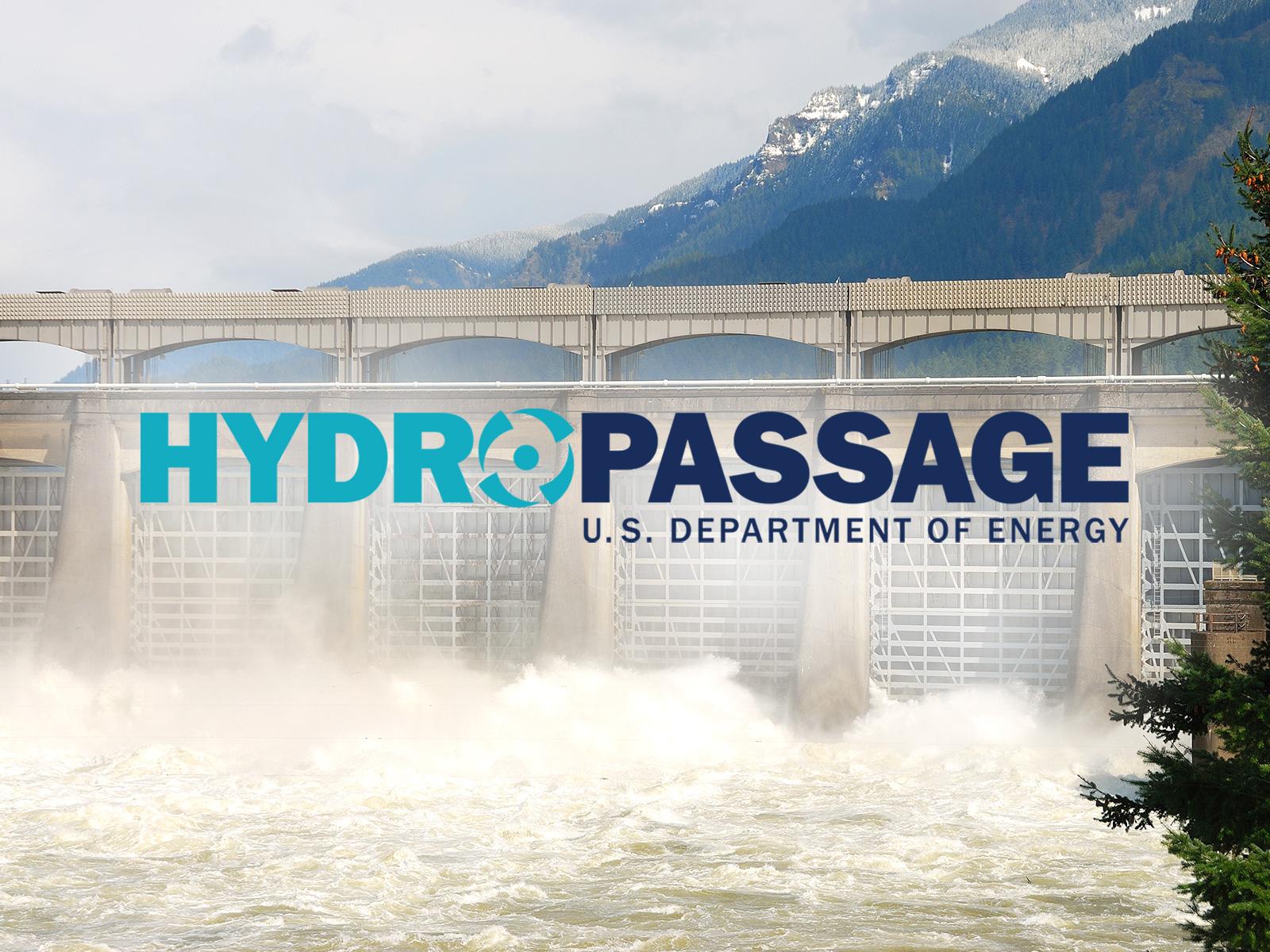HydroPASSAGE
The U.S. Department of Energy’s (DOE) Water Power Technologies Office created the HydroPASSAGE project to provide information and tools to increase fish survival through turbines and other hydropower structures across the nation and around the world.
